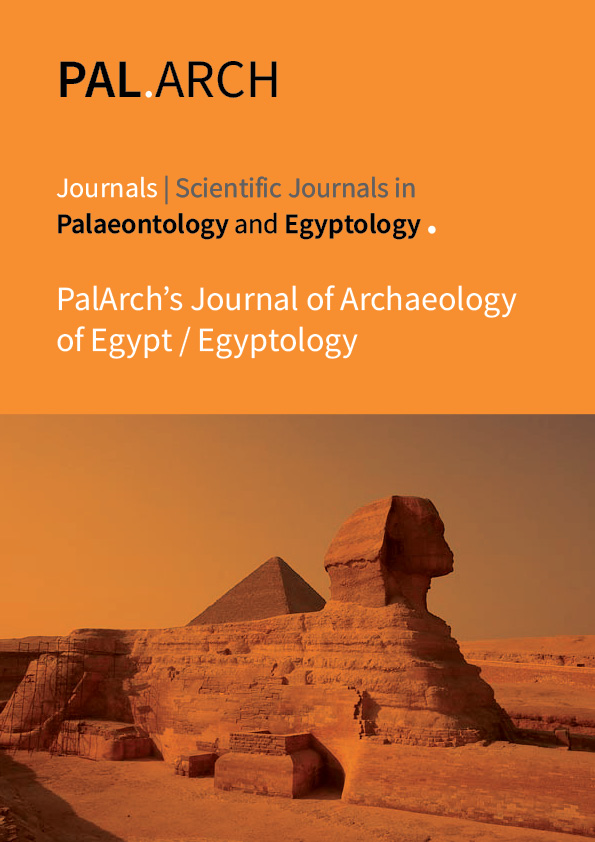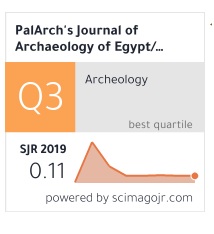LEGAL PROBLEMS OF IMPOSING THE TABOO ON CHILD LABOR IN THE EURASIAN ECONOMIC UNION: INTERNATIONAL AND NATIONAL ASPECTS
DOI:
https://doi.org/10.48080/jae.v17i3.51Abstract
Introduction The progress achieved by the states of the Eurasian Economic Union in the 90s of the last century was the most noticeable in solving the problem of the abolition of child labor expressed in the adoption of laws on children, the formation of legal institutions of child protection in difficult situations and mechanisms called upon to ensure the application of international legal standards on child labor.
Methods: The systematic analysis and the comparative legal methods of studying the child labor problems in the states of the Eurasian Economic Union in terms of analyzing its current state and ensuring the effective implementation of the ban on child labor in the Eurasian Economic Union are determinant.
Analysis.
The article examines the legal problems of implementation of the child labor proscription in the states of the Eurasian Economic Union. Based on a system analysis, the necessity to solve the problem of the conceptual and categorical framework is justified as one of the leading areas of legislation improvement and law enforcement performance assurance on the implementation of the ban on child labor in the Eurasian Economic Union. The analysis of the conceptual and categorical framework is aimed at identification and determination of the main systemic connections between the concepts in the legislation of the child labor sector, which are of key importance in the problem of implementing an effective proscription of child labor in the countries of the Eurasian Economic Union. The article analyzes the problems of new institutional mechanisms for the protection of children's rights in the EAEU countries. The absence of the separate body dealing with the protection of children's rights (except for Russia and Kazakhstan), as well as the tendency to significant weakening the of labor inspectorates activity in the EAEU countries, including the implementation of the child labor proscription are put a focus on.
Results: The performed analysis made it possible to come up with justification for the substantial change in the ideological and hierarchical framework of legal institutions in the field of child labor in Eurasian Economic Union states and the need for addition. At the same time, the concept of "easy work", "labor nutrition", as well as the adoption of legal norms that explain the nature of relationships on work performance by children and their types in the informal economy, solve the problems of child labor prosecution Importance in doing. Consolidation of the content definition of the named concepts and standards in labor law that demonstrates the fundamental relationship between the abolition of child labor and the promotion of decent employment for workers under 18 years of age.
Downloads
Downloads
Published
Versions
- 2020-11-12 (2)
- 2020-10-28 (1)



